Many Indian exporters overlook the unique advantages and challenges of shipping non-containerized cargo, even though it can be the most practical solution for bulky, heavy, or irregularly shaped goods. Unlike standard container shipping, non-containerized sea freight covers cargo types such as machinery, vehicles, and oversized equipment that don’t fit into conventional containers and require specialized handling. In 2024, the United States accounted for approximately $79.44 billion of India’s exports, according to the United Nations COMTRADE database.
Notably, the Indian Ocean freight market has surged to USD 34.90 billion in 2024, reflecting the growing demand for diverse shipping solutions, including non-containerized options.
In this article, you’ll find actionable insights on what non-containerized cargo is, its importance in global shipping, and how you can leverage it for your exports to the USA.
TL;DR
- Non-containerized cargo includes oversized, heavy, or irregular goods like machinery, vehicles, and project equipment that can’t fit in standard containers.
- It involves specialized methods such as breakbulk, bulk, RORO, and on-deck shipping, each suited for specific cargo needs.
- While more flexible for complex or large shipments, it requires special handling, increases costs, and poses a higher risk of damage or delay.
- Exporters must comply with SCMTR 2018, customs regulations, port-specific rules, and detailed safety protocols.
What is Non-Containerized Cargo? Key Takeaways
Non-containerized cargo, often called break-bulk cargo, refers to goods shipped as individual pieces rather than in standard shipping containers, typically loaded directly onto ships, trucks, or other transport modes. Examples include machinery, steel coils, lumber, heavy machinery, vehicles, steel beams, wind turbine blades, and project equipment, all requiring specialized handling.
Need help shipping non-containerized cargo quickly and efficiently?
Get tailored logistics solutions!Depending on the nature of your cargo, there are several specialized shipping methods available under the non-containerized category. Here’s a breakdown of the main types and when to use them.
Types of Non-Containerized Cargo
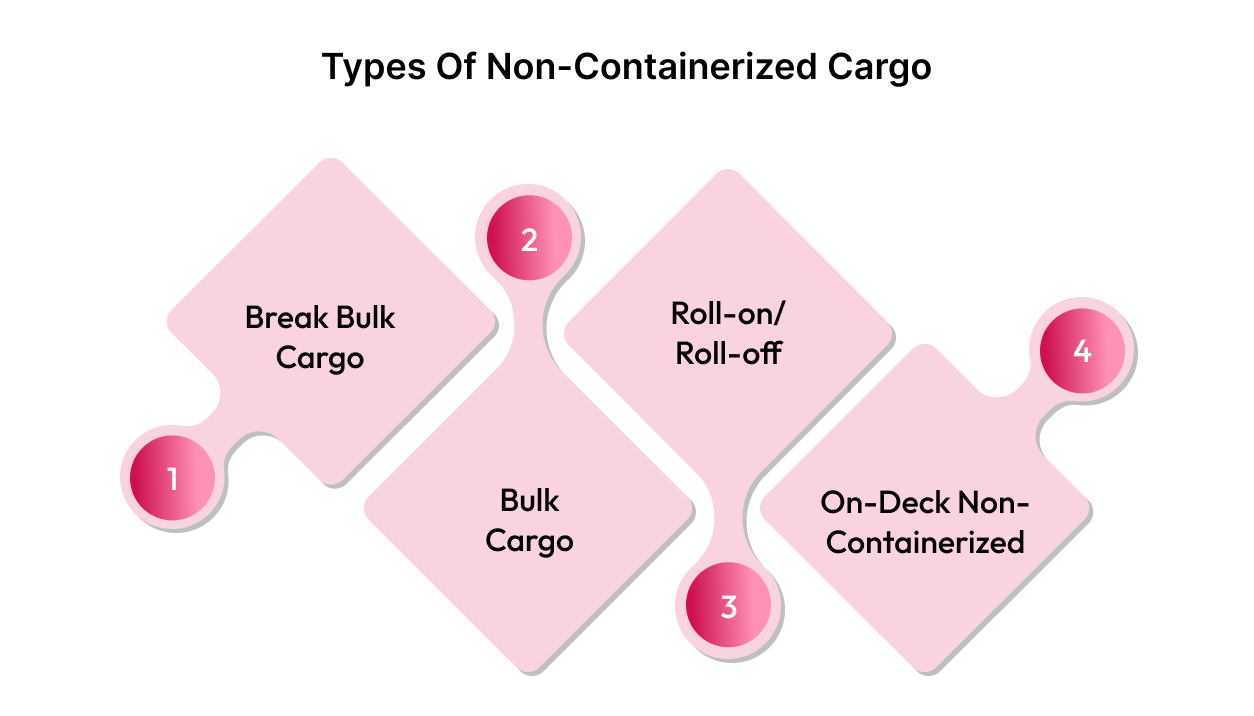
When you’re exporting goods that don’t fit into standard containers, you have several non-containerized cargo options, each suited to specific cargo types and business needs:
1. Break Bulk Cargo
These are goods shipped as individual pieces rather than in containers or in bulk. Examples include machinery, steel coils, lumber, and project equipment. Each item is loaded, secured, and unloaded separately, making this method ideal for oversized or irregularly shaped cargo.
2. Bulk Cargo
Bulk shipping is used for large quantities of unpackaged commodities, such as grain, coal, iron ore, or crude oil. These goods are loaded directly into the ship’s hold and are transported loose, without packaging.
3. Roll-on/Roll-off (RORO)
RORO ships are designed for wheeled cargo, like cars, trucks, and heavy vehicles, that can be driven on and off the vessel. This method is efficient for transporting vehicles and equipment that are self-propelled or can be moved on trailers.
4. On-Deck Non-Containerized Cargo
Some cargo, due to size or handling requirements, is transported on the ship’s deck rather than inside the hold. This approach is common for extremely large or tall items, such as wind turbine blades or construction equipment, but exposes goods to the elements.
Looking for cost-effective methods for non-containerized cargo shipping?
Request a quote today!Now that you’ve seen the different types, it’s helpful to compare non-containerized cargo with traditional containerized shipping to determine which best suits your export needs.
Suggested Read:Marine Cargo Insurance Claim Reporting Process
Non-Containerized Vs Containerized Cargo
Both cargo types are used in the global shipping industry, but they cater to different types of goods and come with varying logistics, costs, and benefits. Containerized cargo is the most common form of shipping for general goods, while non-containerized cargo is typically reserved for large, heavy, or irregularly shaped items.
Here’s a closer look at how these two types of cargo differ:
| Aspect | Containerized Cargo | Non-Containerized Cargo |
| Cargo Type | General cargo that fits into standardized containers. | Goods that are too large, heavy, or irregular for containers. |
| Handling | Goods are packed into standardized containers for easy loading, unloading, and transport. | Goods are loaded directly onto ships or require special equipment (e.g., cranes, flat racks). |
| Shipping Method | Typically involves using large containers loaded onto container ships. | Includes breakbulk, RoRo, bulk, and heavy lift methods. |
| Cost | Generally lower due to efficiency in loading, unloading, and handling. | Often more expensive due to specialized handling and equipment. |
| Security | Higher security with sealed containers reduces the risk of damage or theft. | Lower security as goods are exposed during transport, increasing the risk. |
| Speed of Loading/Unloading | Faster loading/unloading due to the use of cranes and automated systems. | Slower due to the need for manual labor and specialized equipment. |
| Flexibility | Limited to goods that fit into the container size and shape. | More flexible, allowing for a wide range of cargo types, including oversized or heavy items. |
| Suitable For | Consumer goods, electronics, textiles, and other general cargo. | Large machinery, vehicles, bulk raw materials, and project cargo. |
| Tracking | Easier to track due to standardized containers. | More complex tracking is required as goods are handled individually. |
In summary, while containerized cargo is efficient, secure, and cost-effective for standard shipments, non-containerized cargo offers a flexible solution for transporting large, heavy, or irregularly shaped items. Each method comes with its own set of advantages and considerations, making it crucial to choose the one that best fits the nature of your goods.
Need help shipping non-containerized cargo with reliable handling?
Get expert shipping support!While non-containerized shipping has its advantages, it also comes with unique logistical and regulatory hurdles. Let’s take a closer look at the challenges you should prepare for.
Challenges in Handling Non-Containerized Cargo
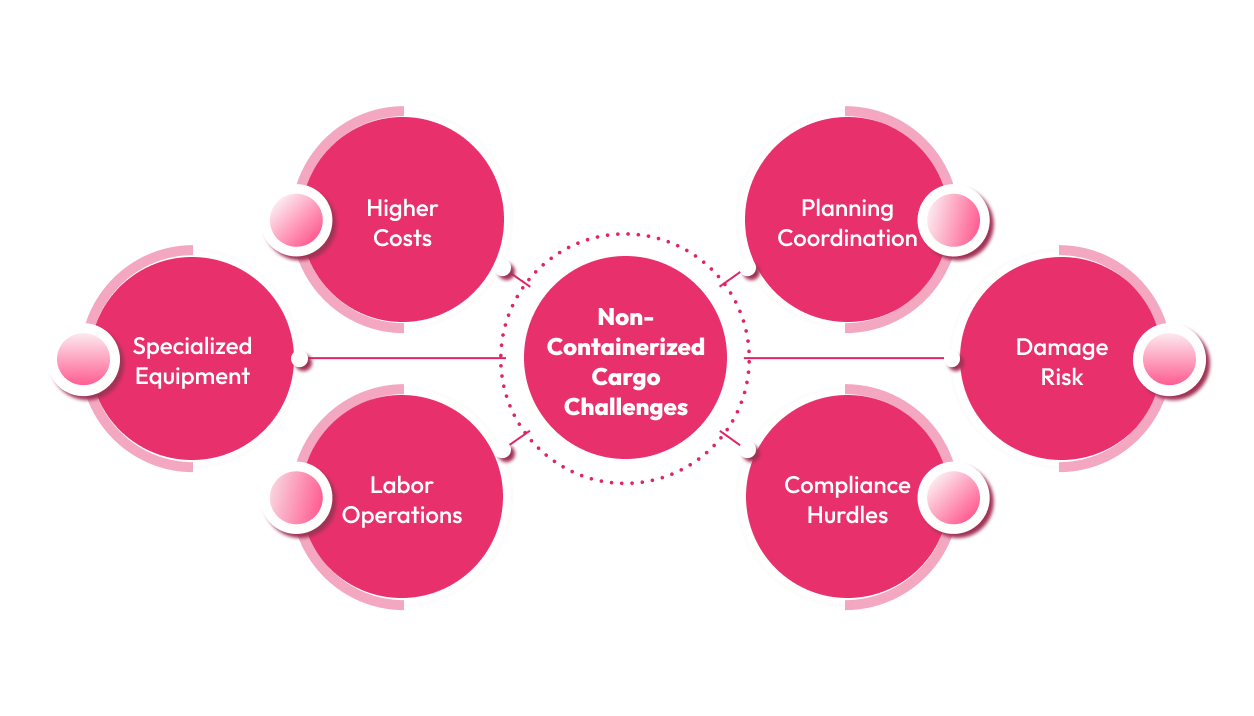
Shipping non-containerized cargo comes with a unique set of challenges that can impact your costs, timelines, and risk exposure. Unlike containerized shipments, these goods often require specialized handling, equipment, and detailed planning, making the process more complex for exporters.
Key challenges include:
- Higher Costs: Increased handling, the need for specialized equipment, and more space requirements make breakbulk shipping more expensive than container shipping.
- Specialized Equipment and Infrastructure: Oversized or heavy cargo demands cranes, forklifts, and custom trailers, which may not always be readily available at every port or terminal.
- Labor-Intensive Operations: Loading and unloading non-containerized cargo is more labor-intensive and time-consuming, often requiring skilled personnel and additional safety measures.
- Complex Planning and Coordination: Every shipment needs precise route planning, compliance checks, resource allocation, and real-time coordination to ensure smooth movement and avoid delays.
- Higher Risk of Damage and Theft: Individual handling and exposure to the elements increase the chances of cargo damage or loss compared to sealed container shipments.
- Regulatory and Compliance Hurdles: Oversized and special cargo often face stricter legal requirements, documentation, and port-specific regulations.
CTA: Wondering which cargo method is best for your goods?
Despite the challenges, this shipping method offers significant advantages for exporters dealing with oversized or irregular cargo. Here’s why it can be a strategic choice for your business.
What are the Benefits of Non-Containerized Cargo?
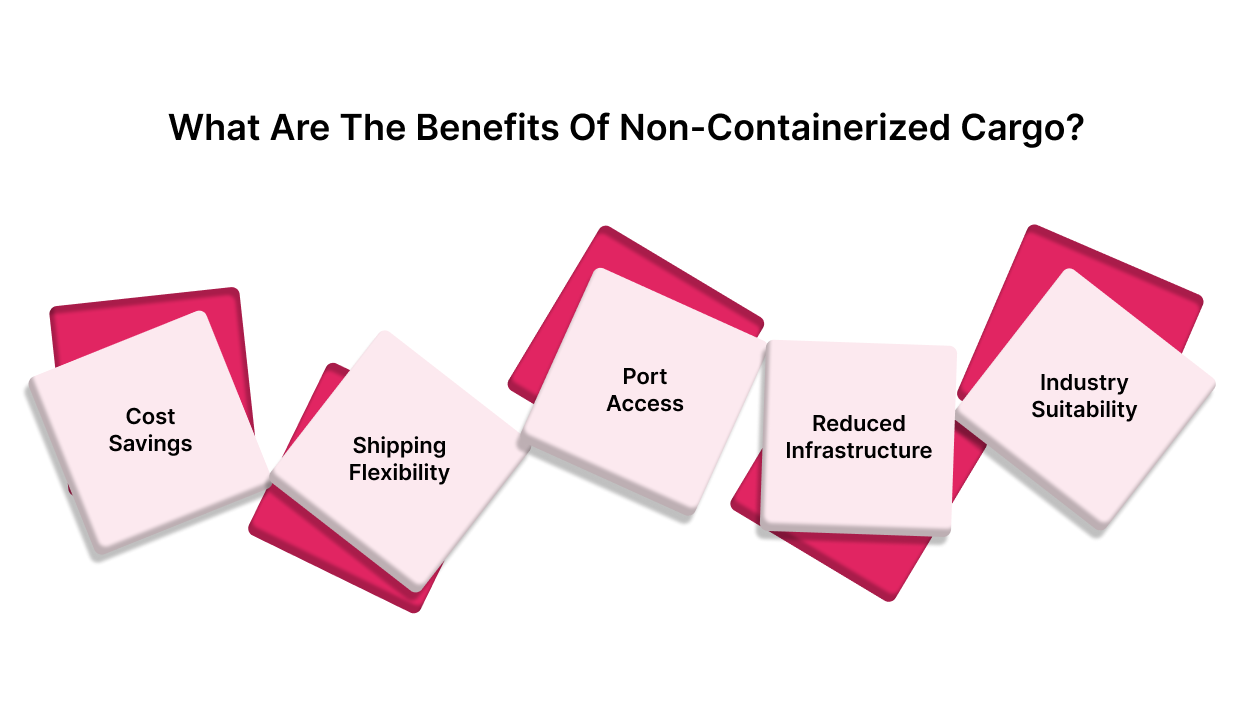
Non-containerized cargo offers several distinct benefits, especially for exporters dealing with goods that are too large, heavy, or irregularly shaped for standard containers. If your business regularly ships machinery, vehicles, raw materials, or project equipment, non-containerized shipping can be a strategic advantage.
Key Benefits of Non-Containerized Cargo:
- Cost-Effectiveness for Bulky Goods: You can avoid the extra expense of using containers when shipping oversized or heavy items, making it a more economical choice for specific cargo types.
- Flexibility for Oversized and Irregular Cargo: Non-containerized shipping accommodates goods that don’t fit within standard container dimensions, allowing you to move large machinery or equipment fully assembled, saving time and reducing the risk of damage from disassembly.
- Access to Remote or Less-Equipped Ports: Breakbulk vessels can dock at smaller or less-equipped ports, giving you greater reach to destinations that containerized shipping might not serve efficiently.
- Reduced Need for Specialized Infrastructure: This method isn’t limited to container ports, so you can deliver directly to project sites or remote areas, minimizing additional inland transport and handling.
- Ideal for Specialized Industries: Sectors like construction, mining, and energy benefit from the ability to ship unique, project-specific equipment directly and efficiently.
With these advantages, you can streamline logistics for complex shipments and reach markets that might otherwise be inaccessible through standard container shipping.
To ship non-containerized goods smoothly, you’ll also need to stay compliant with several key regulations and safety protocols. Here’s what you need to know.
Suggested Read:Latest Price of Used Cargo and Shipping Containers
What are the Regulations and Compliance for Non-Containerized Cargo?
When exporting non-containerized cargo from India, you must comply with detailed regulations, including the Sea Cargo Manifest and Transhipment Regulations (SCMTR) 2018, bond execution requirements, customs documentation protocols, cargo handling and safety guidelines, and port-specific rules to ensure safety, transparency, and smooth customs clearance.
Key regulatory and compliance requirements include:
- Sea Cargo Manifest and Transhipment Regulations (SCMTR), 2018: You are required to file an arrival manifest for non-containerized cargo before the vessel arrives at the Indian port. This ensures advance collection of information for faster customs clearance and greater transparency in cargo movement.
- Bond Execution: For transshipment, the authorized sea carrier must execute a bond (with or without a bank guarantee) in the prescribed forms. However, if goods are transshipped directly between two seaports, this bond may not be required.
- Customs Documentation: All stakeholders, including shipping lines, agents, and exporters, must register and operate under SCMTR, fulfilling obligations related to manifest filing, cargo tracking, and compliance with customs procedures.
- Cargo Handling and Safety: Non-containerized cargo must be handled following specific safety and stability guidelines, such as conducting strength assessments to prevent structural damage, securing cargo properly to avoid shifting during transit, and maintaining detailed loading plan documentation as mandated by the Indian Register of Shipping and international standards.
- Port-Specific Requirements: Ports may have additional rules for handling, equipment, and safety measures, especially for oversized or hazardous cargo.
By adhering to these regulations, you ensure your cargo is processed efficiently, avoid penalties, and maintain a smooth export process to the USA. However, dealing with all these requirements alone can be overwhelming. That’s where Intoglo steps in, with tailored solutions designed specifically for non-containerized cargo from India to the USA.
How Intoglo Enhances Non-Containerized Cargo Shipping?
When it comes to non-containerized cargo, the process requires specialized handling, efficient logistics, and a seamless connection between various stages of transportation. Intogloexcels in offering end-to-end FCL shipping solutions that are particularly beneficial for businesses looking to export non-containerized goods from India to the USA.
Here’s how Intoglo can help streamline your non-containerized cargo shipping:
- Door-to-Door Service: Pickup, customs clearance, ocean freight, and delivery to the USA.
- Efficient Handling: Own CFS space at major ports and contracts with top shipping lines.
- Expert Customs Clearance: Hassle-free clearance with expert brokers.
- Real-Time Tracking: Get updates on WhatsApp with end-to-end shipment tracking.
- Warehousing & Trucking: 50+ warehouses in the USA and 40+ trucking partners.
- Customized Solutions: Fast turnaround time and special requirements support.
- PAN India Pickups: Pickup within 24 hours across India.
- Multiple Routing Options: Direct rate procurement and special contract rates.
- AI-Powered HS Code Scanner: Get US-specific HS Code in just 2 clicks with our AI-powered HS Code scanner.
- Amazon FBA Shipping: Ship your products from India to Amazon fulfillment centers worldwide with Intoglo’s FBA-optimized logistics.
Get an instant quote and a free consultation for your business requirements for your India to USA shipping
Conclusion
Understanding non-containerized cargo is essential for Indian exporters aiming to optimize their shipping strategies to the USA. By recognizing the unique requirements, challenges, and advantages of non-containerized freight, you can make informed decisions that enhance cost efficiency, minimize risks, and ensure timely delivery of your goods.
With the right approach and expert support, even the most complex shipments can be managed smoothly. If you are seeking a dependable logistics partner for your India-USA shipments, Intoglo offers end-to-end solutions tailored to your needs.
Get in touch with Intoglo today and experience seamless shipping for your next export.
FAQ
1. What is non-containerized cargo?
A: Non-containerized cargo refers to goods that are shipped without standard containers, typically loaded directly onto ships, trucks, or other transport modes in bulk, loose, or individually packaged forms. This method is ideal for items that are too large, heavy, or irregularly shaped for containers, such as machinery, vehicles, and raw materials.
2. What are the main types of non-containerized cargo shipping methods?
A: Common methods include break bulk (individually loaded items), bulk shipping (commodities like grain or coal), roll-on/roll-off (wheeled vehicles), and on-deck shipments (cargo stored directly on the ship’s deck).
3. What are the key challenges in handling non-containerized cargo?
A: Challenges include higher risk of damage due to more frequent handling, exposure to weather, the need for specialized equipment, complex planning, and stricter regulatory requirements.
4. How does non-containerized cargo benefit exporters?
A: It offers flexibility for oversized or irregular items, cost savings by avoiding container fees, and the ability to ship goods fully assembled, making it ideal for industries like construction, mining, and manufacturing.
5. Are there special regulations for non-containerized cargo exports from India?
Yes, exporters must comply with regulations such as the Sea Cargo Manifest and TA: Ranshipment Regulations (SCMTR), which require advance manifest filing, proper documentation, and adherence to safety and handling standards.


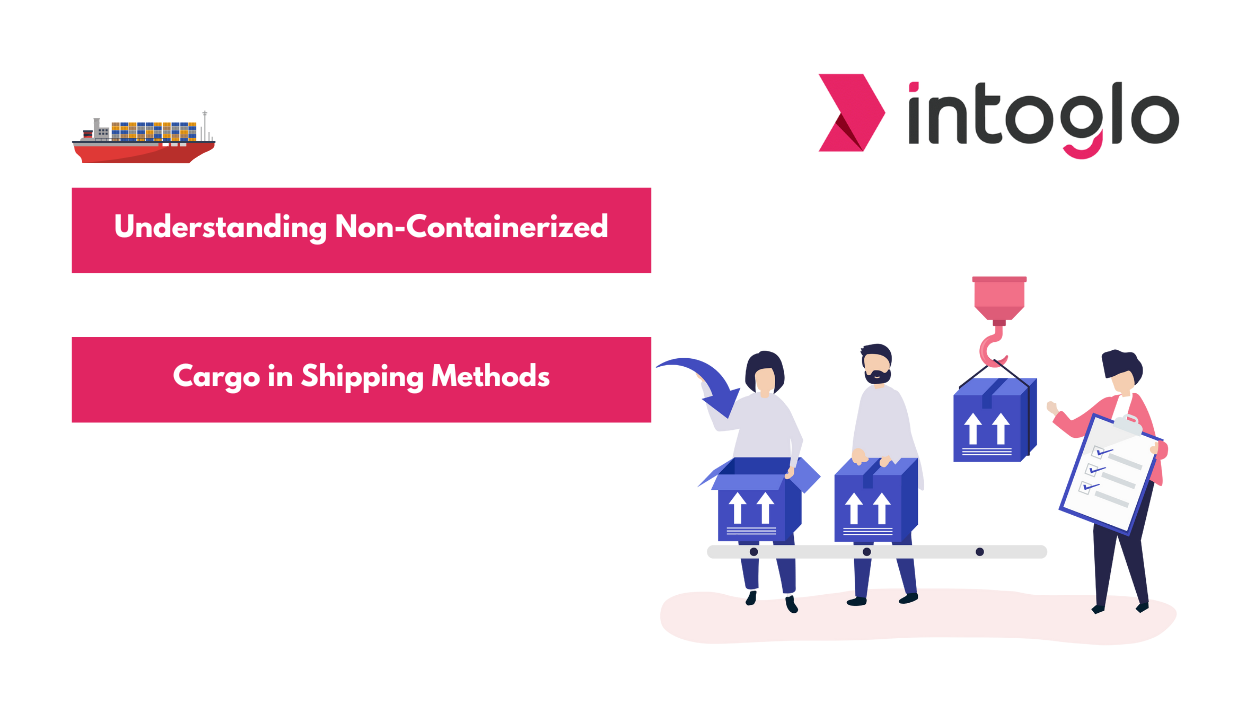
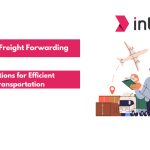
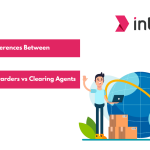
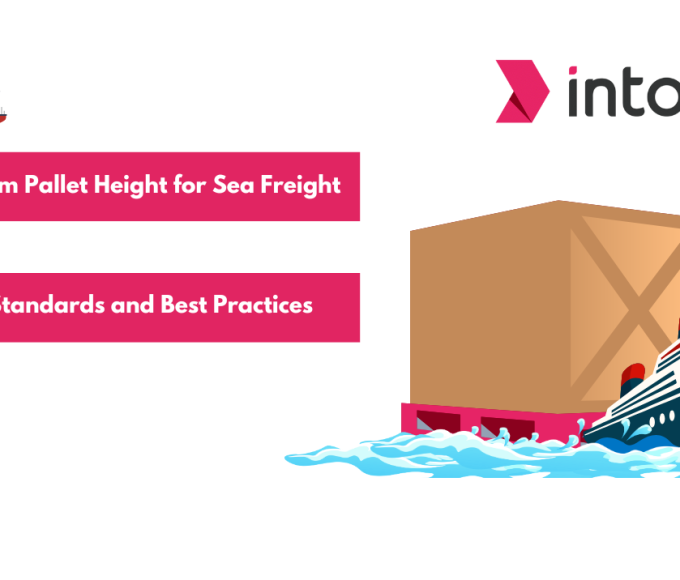

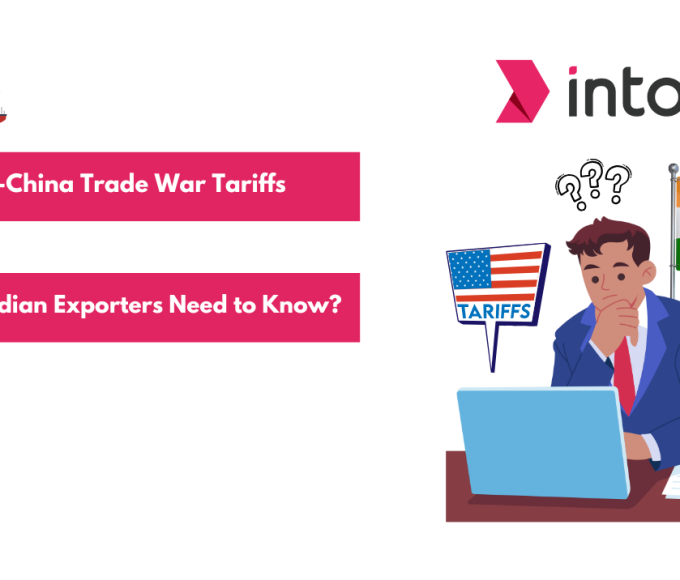
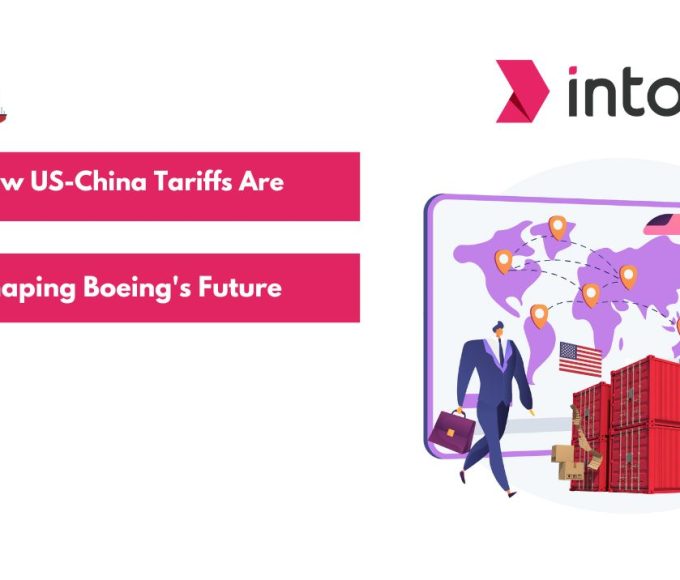
Leave a comment